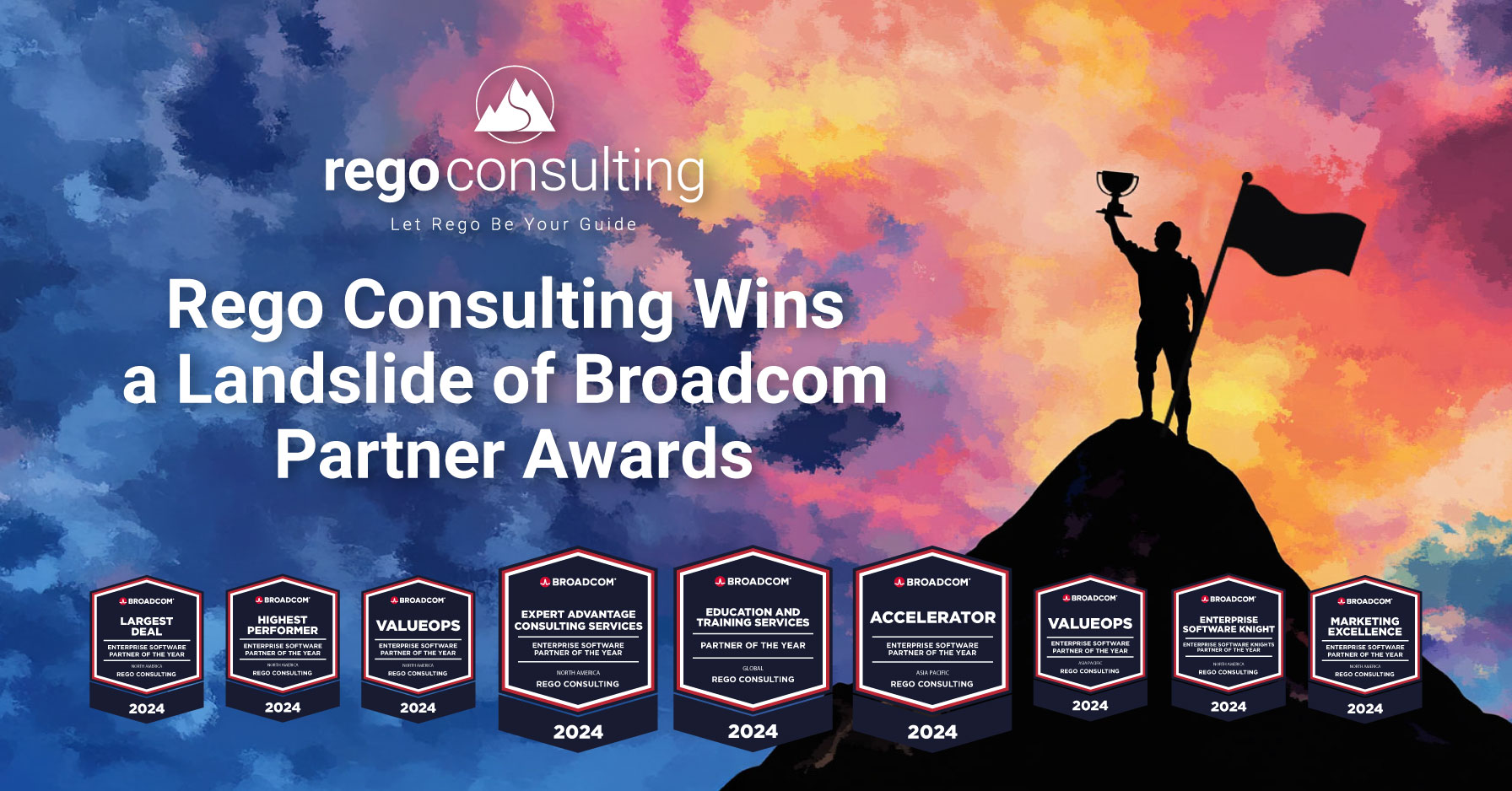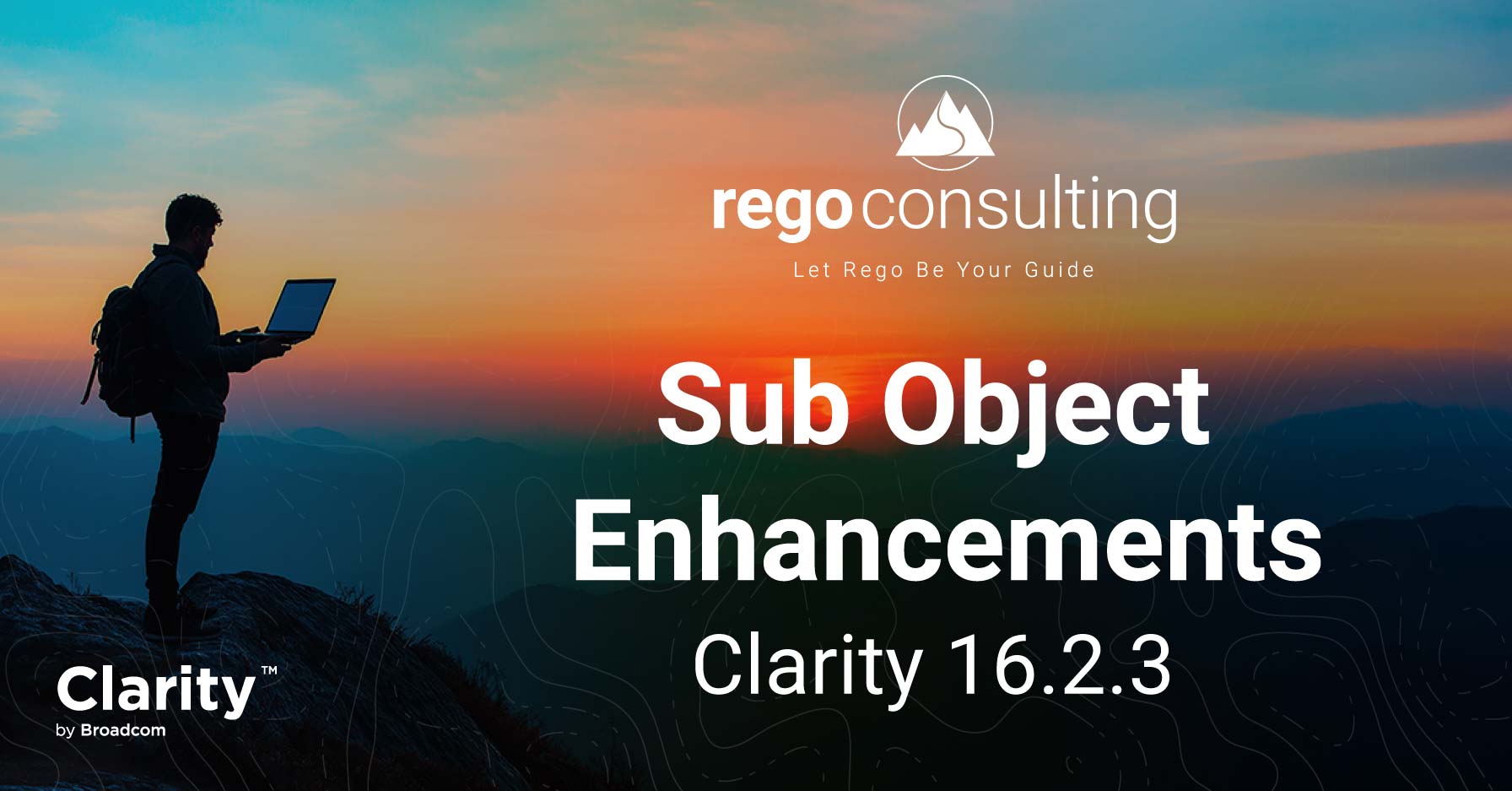Today’s post marks the end of a trilogy: three keys for successfully implementing your Project Management Office (PMO). Wendy Kraly, regoProcess Practice Director, is back to describe the third and most important strategy for PMO growth.
Over the last couple months, she talked to us about dedicated, executive sponsorship and leveraging relationships to make PMOs successful, but at the end of the day, the glue holding your PMO together and predicting its growth is “communication, communication, communication” says Wendy.
Consistent Communication for a Successful PMO
The most important characteristic predicting successful PMO growth is communication.

One of the first things you should do after building your PMO Charter is to create a communication plan including who (senders and receivers), what (messages), how (meetings, status reports, blogs, newsletters) and when (recurring and/or specific dates).
“Communication is how you foster, maintain, and grow PMO goals and objectives across an organization,” says Wendy. “It’s not just a monthly status report or a note here or there. You have to show your presence.”
How you communicate change, process development, testing, implementation, and impact will determine the way your PMO is received.
Prioritize Face-to-Face PMO Building
We are bombarded every day with requests that only require communication between us and our computers.
“If your teams are accustomed to working in silos without talking with others, and you want your PMO to be a priority, you’ll be amazed by the impact of simply filling a room and inviting people to interact, to help, to be part of the process,” says Wendy.
“Messages delivered in person create a sense of urgency—which is why you need an informal plan in addition to a formal plan for communication between the PMO team and stakeholders. Informal communication tends to go further than the weekly or monthly status meetings.”
We get immersed in daily tasks and lose sight of the importance of each other.
“Emails and instant messaging are great, but I prefer verbal methods,” says Wendy. “If I’m geographically challenged and can’t meet in person, I pick up the phone.”
It’s those face-to-face and ear-to-ear, real-time conversations that generate emotional buy-in. “It’s more impactful; it’s more powerful,” says Wendy. Seeing similarities across people and groups opens doors, creates awareness, and develops accountability.
“There tends to be gaps in communicating up and down and all around,” says Wendy. “To close those gaps, you have to insert yourself authentically—be clear, be succinct, be honest, be real. 
Strategies for Relationship-Building Communication
Wherever possible, make Management by Walking Around (MBWA) the preferred team interaction.
Get up, walk around, and say hello to your team and stakeholders on a regular basis. Use active listening to show what you have heard by repeating back your interpretation. “Listening goes a long way when it comes to building relationships,” says Wendy.
“You can have SharePoint sites, blogs, and virtual communities, but be aware that you may lose substance in translation,” says Wendy. “You run the risk of losing emotional investment when you’re not physically in front of someone. Your PMO may suffer due to loss of urgency and importance.”
So how can you build face-to-face interaction into your formal communication plan? Wendy has several suggestions.
- If you have multiple buildings within a reasonable distance, regularly schedule meetings at different locations.
- If your company is spread across the country or globe, schedule conference calls and WebEx meetings whenever possible to reinforce key written communications such as status reports.
- If your organization’s project managers are local, bring them together on a regular basis to share lessons learned and the latest process changes on the horizon through a project management forum/round table.
- Provide a meal and hold a “Lunch and Learn” to accommodate busy schedules.
“Food is always a great incentive,” says Wendy. “And if you ask for topics in advance, the team will be able to quickly address what’s top-of-mind as you share a meal.”
————-
You’ll want to embed your new PMO practices within the organizational culture. While some conversations happen less organically, getting support and championship requires shifting priorities and drawing on those all-important social skills.
When people are unified behind your PMO’s vision and purpose, it becomes far easier to deliver on time and within budget. How has communication evolved with your PMO? Tell us about it in comments.
If you liked this post, check out Wendy Kraly’s advice for securing an executive sponsor and leveraging relationships. And stay tuned for a return visit when she’ll provide us with more strategies for bolstering your budding PMO.
Join our mailing list below.
Wendy Kraly, regoProcess Practice Director, is also a Senior PPM process architect. She has over nineteen years of diverse experience and a background that includes project and portfolio management, program management, project office development and management, and organizational change and process improvements–serving in both the public and private sectors. Wendy holds an MBA as well as PMP, Six Sigma Green Belt, and ITIL Foundations certifications. She resides in Wisconsin with her husband and two dogs where she enjoys outdoor activities like hiking, kayaking, and snowshoeing.













